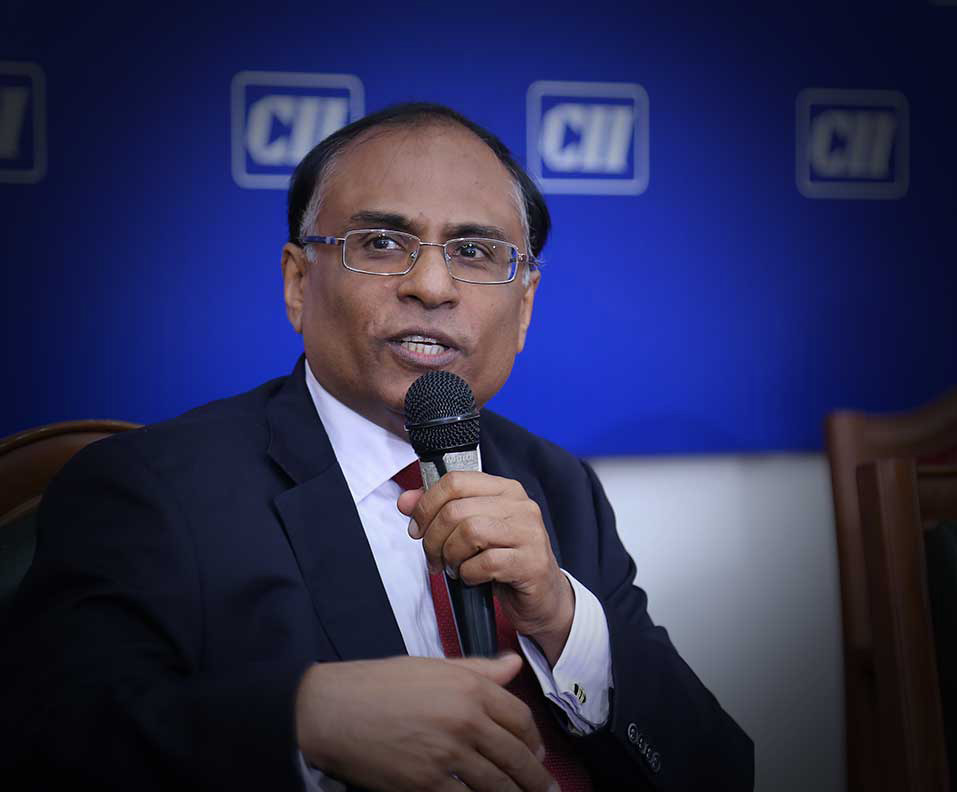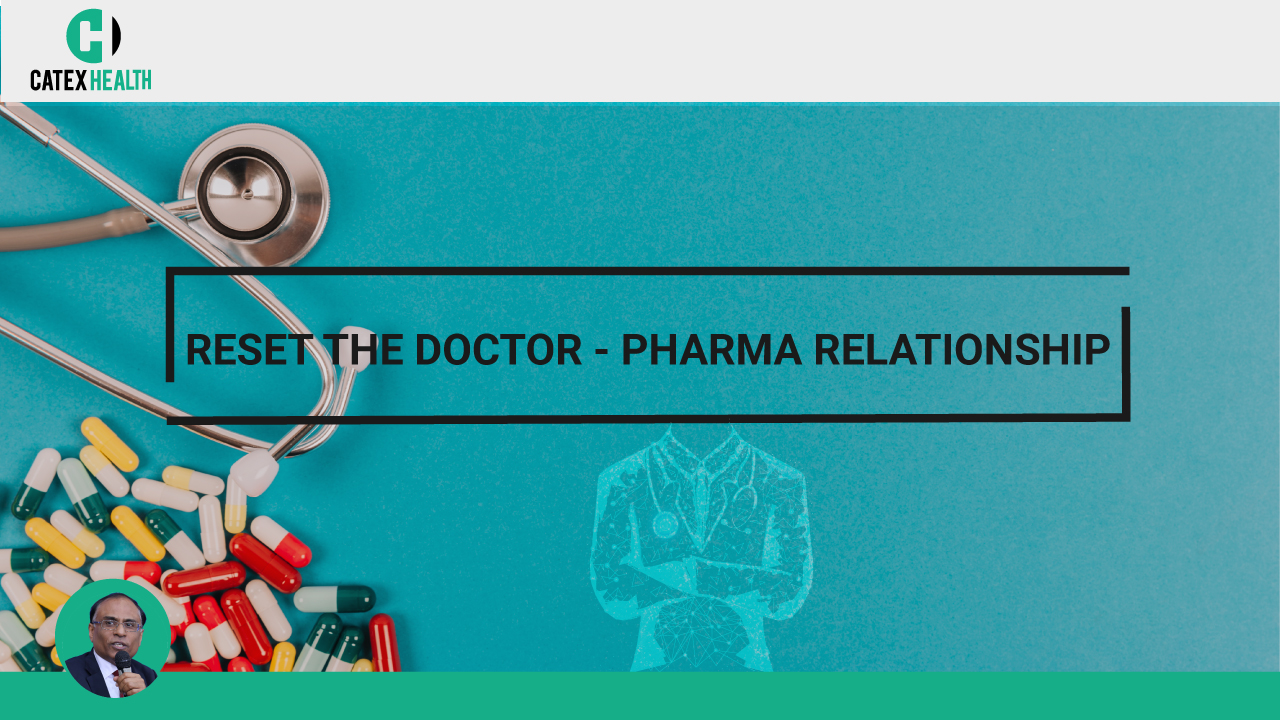In February 2017, the National Pharmaceuticals Pricing Authority (NPPA) of India fixed the selling prices of coronary stents by an executive order for a year. The ceiling price of bare metal stents was fixed at Rs. 7,260 per unit and that of drug eluting stents and biodegradable stents at Rs. 29,600 per unit.
While this move has caused huge debate on the merits of this policy, what is certain is that it drastically disrupted the cardiac sciences offerings in the healthcare industry. Around 8 months have passed since the prices were capped, and this article attempts to explore the impact of this decision on the major stake holders in the industry—namely the patients, cardiologists, doctors, and hospitals.
The prevailing environment and sentiment at the time was thus:
- It was believed that there was a huge mark-up between the landed price of the stents and the retail price that the patient was paying, being higher than 1000% in some cases. In other words, the patients were being fleeced.
- There was a perception in the market that there exists an unholy nexus between healthcare providers (i.e.. hospitals and doctors) and device manufacturers
- Another widely held belief was that some cardiologists were over-prescribing stents and coercing patients to get an implant even when it was not clinically required.
These perceptions led to pressure from different groups, including doctors, activists, lawyers and common citizens which prompted the government to take this action.
The desired outcomes of the price capping were to reduce the cost of healthcare and provide ethical treatment to patients. Did this happen?
The government had also stated that no hospital would be allowed to raise the prices of angiography and angioplasty procedures for 6 months after the order came into effect. So, overnight, hospitals found their margins in cardiology services wiped out. The hospitals where cardiology was a significant contributor to the top-line felt the impact the most.
But what is the current status after more than eight months of capped-pricing?
There are some nuances that need to be understood in order to fully comprehend the answer to this question.
- As the margins in the pricing of stents were high, Doctors and hospitals made most of their earnings through stents as the margins in pricing were high. The procedure charges were kept very low and in some hospitals, angiographies were being done at a loss. In other words, the stent margins were to some extent subsidizing the procedure prices.
- The business strategy was to create a large funnel of patients by doing angiographies at very low prices and then converting the clinically positive ones into procedures. The more angiographies that were done. the more patients for procedures were generated, thereby enabling higher revenue to the hospitals and the doctors.
- There was also a referral system in which payouts were made to doctors who referred patients. This was again from the margins in stent pricing.
- Apart from stents, there are other consumables like balloons, catheters. etc., that are used in cardiac procedures not covered by the NPPA order.
What is happening now?
Initially hospitals suffered losses on account of the moratorium for six months on raising the prices of procedures and their EBIDTA margins may have reduced to 7–8% from 15–18 % for cath labs. If we take into account the interest then this EBIDTA is not enough to cover the cost of capital. However, now that six months have elapsed the hospitals are expected to compensate for this by increasing the prices of procedures. Hence the direct impact to the hospital financials is expected to be minimised in the medium term and overall growth in the invasive cardiology segment may also be impacted.
Hospitals have increased the prices of the consumables used in the angiographies to compensate for the reduction in stent pricing.
Ultimately, the cost to the patient is not expected to change.
The referral business will continue, although the payout amounts may reduce.
The huge margins that device companies were used to make referral payouts to the industry. With lower pricing, these payouts will reduce but their own margins will remain intact and are not expected to be impacted. What has changed for them is that they are not bringing their latest technology and next generation stents into the Indian market, as the pricing set by the government is not conducive. Hence, patients who could have made use of the latest offerings and treatment will be deprived of them and may be forced to travel abroad for the same.
Earnings by cardiologists will be impacted, but the extent of this reduction is still to be discovered as they have begun to charge more (probably appropriate) procedure fees.
In conclusion, the jury is still out on the impact of the price capping. The price paid by the patient is not expected to reduce, but the earnings of hospitals and doctors may be impacted, with the extent yet to be analysed. Unsavoury referral practices may decrease, but it will be hard to determine the extent of this.
Two things appear to be certain—firstly, the total cost paid by the patient for angioplasty procedures may not come down and will probably be market driven. Secondly, the latest next generation stents and technology may not be available to Indian patients, for which ironically they may need to travel outside the country.
Next week I will be starting a series on: Challenges of Operating Private Hospitals in India







